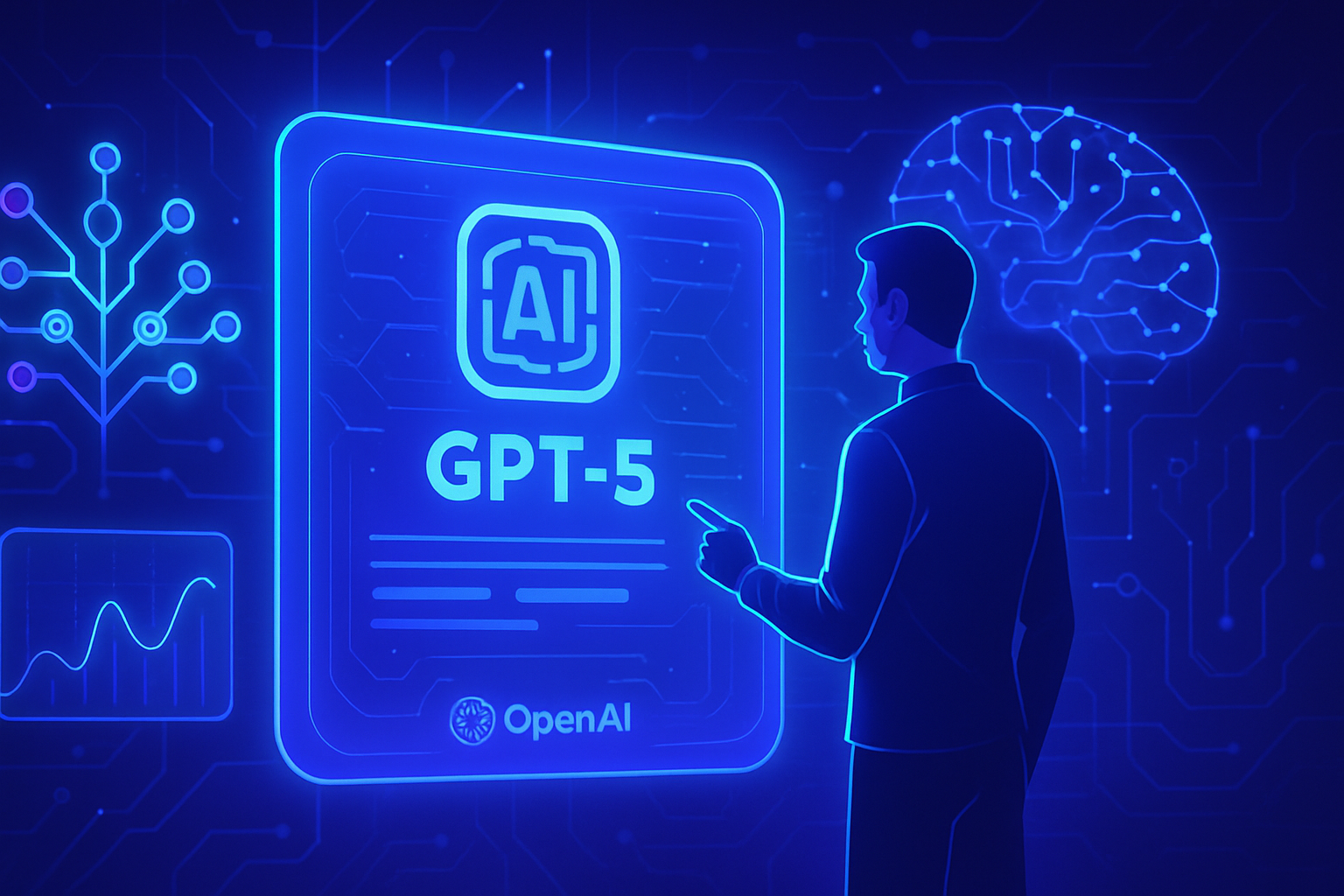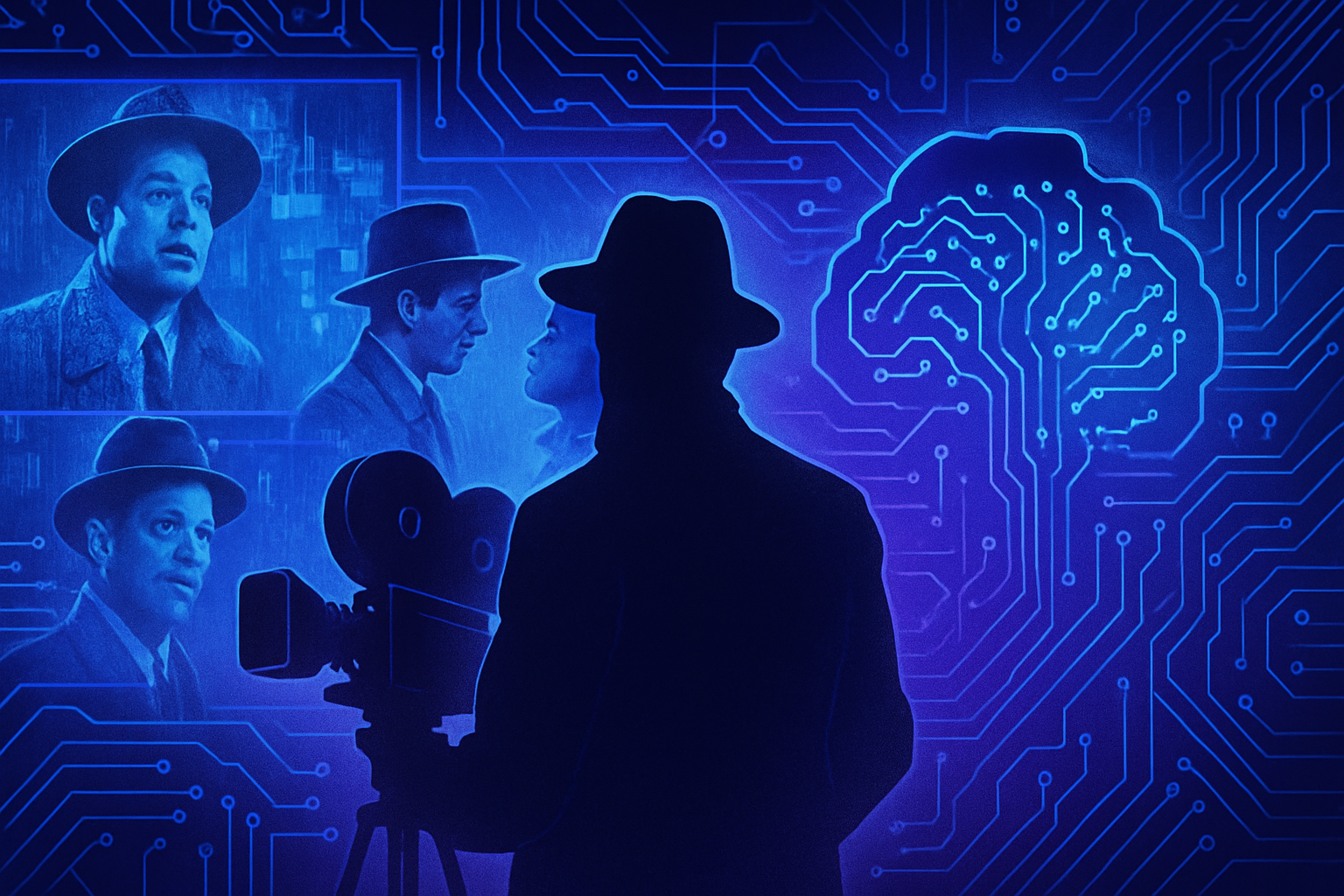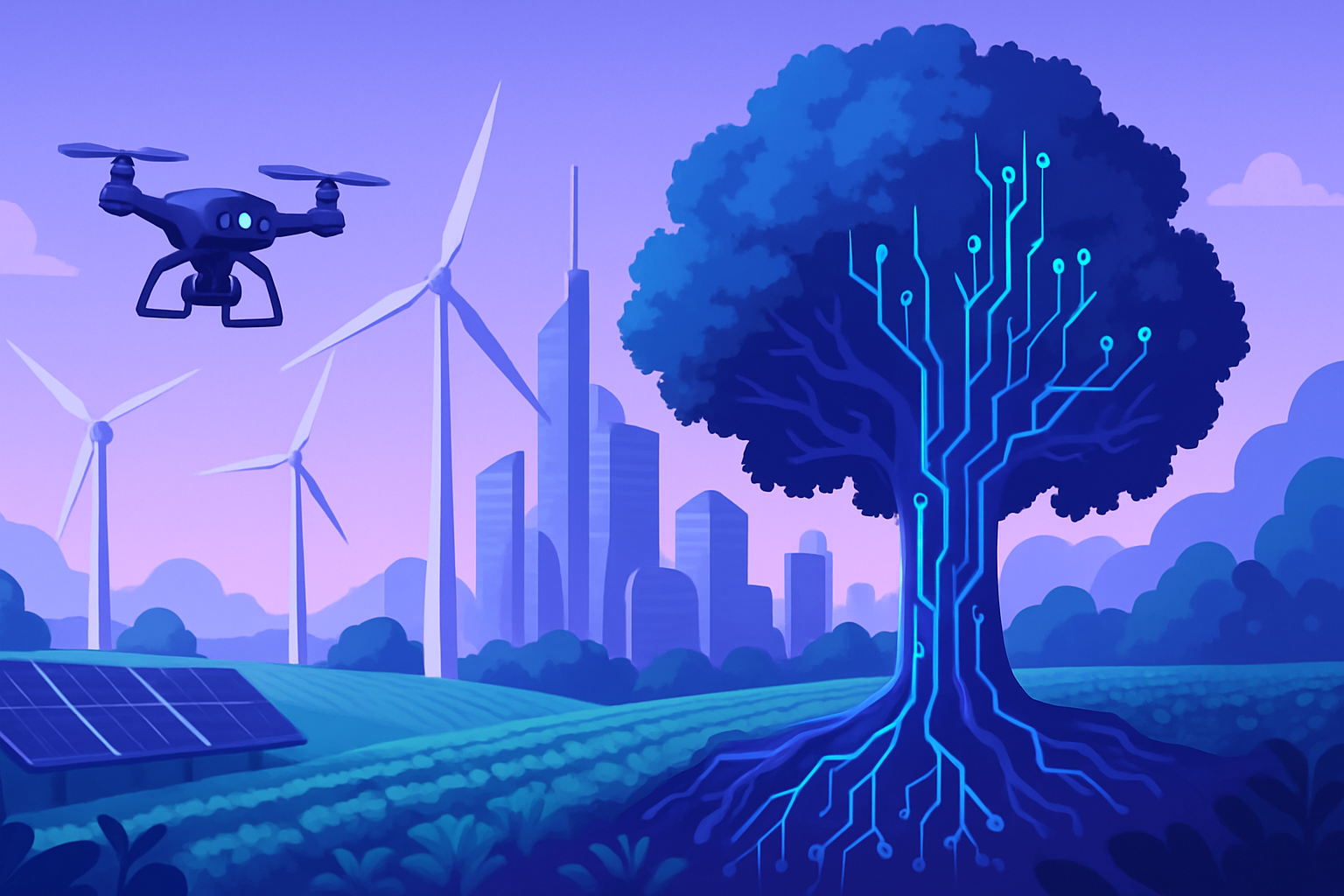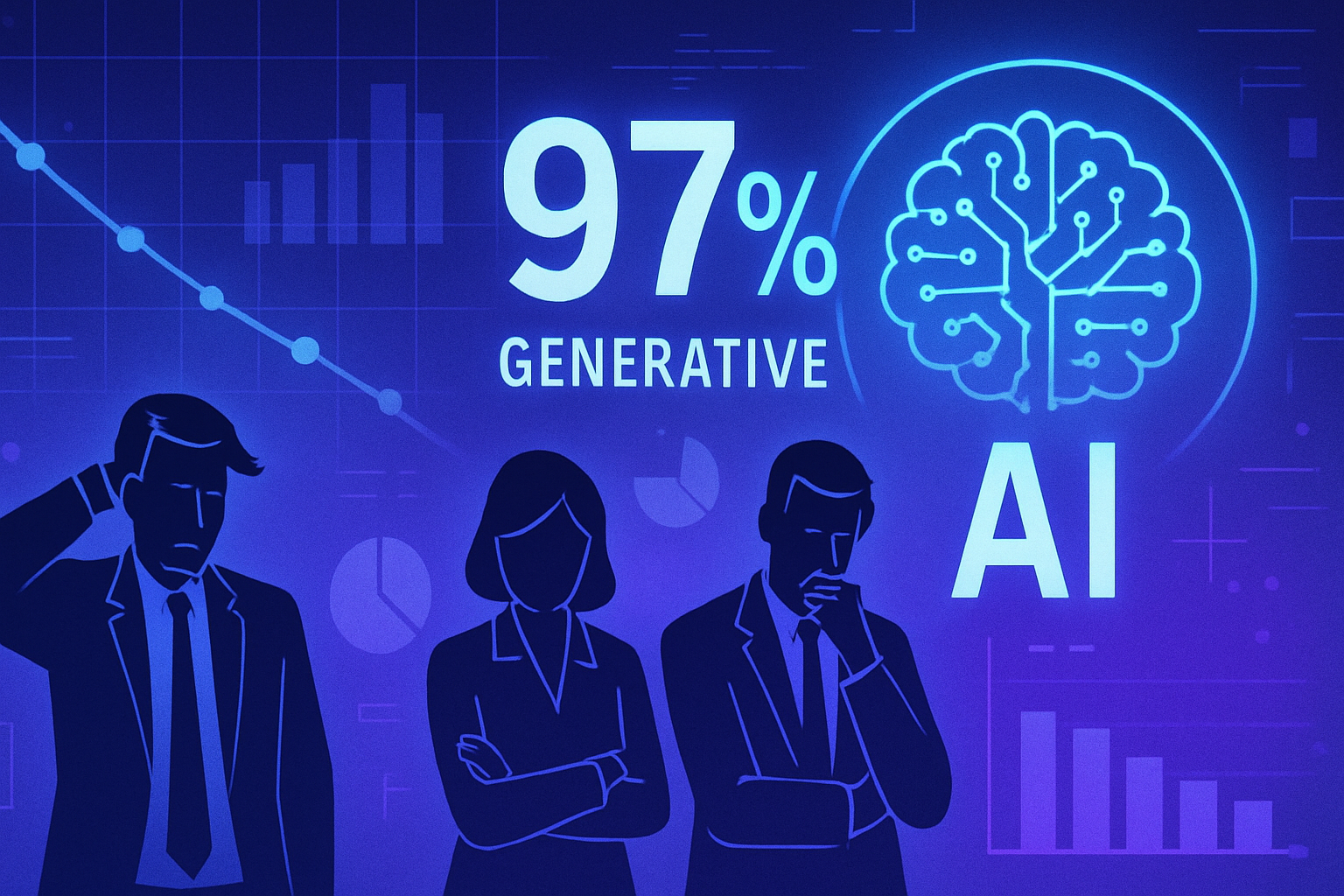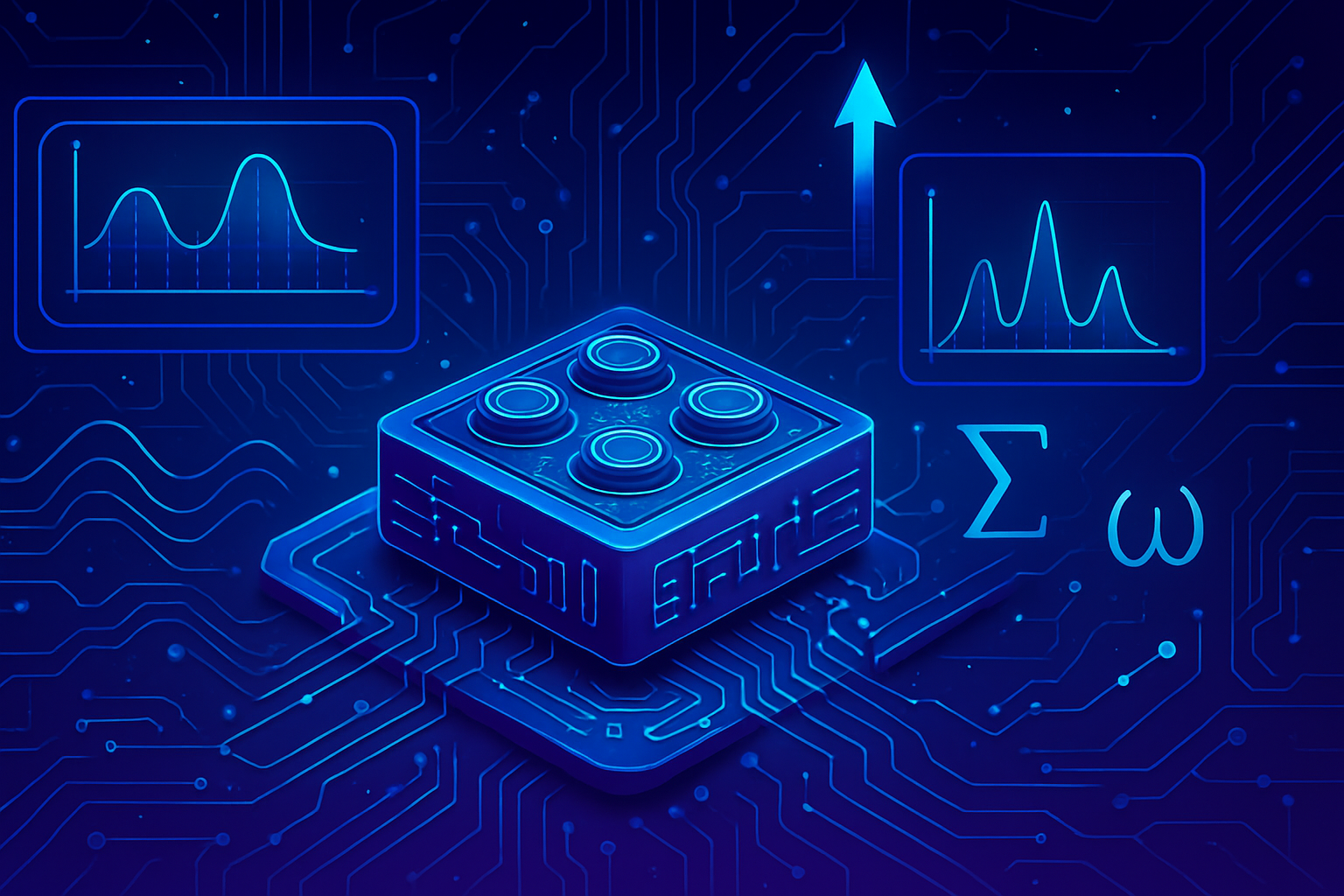OpenAI reveals its latest masterpiece: GPT-5, a revolutionary artificial intelligence model. This innovation brings significant advancements, particularly in terms of *reliability* and *transparency*. Users will benefit from increased *customization* of their experience, affecting both the tone of responses and their visual presentation. The deployment of GPT-5 is generating considerable expectations in the field of AI, setting new standards for human-machine interaction.
Introduction to GPT-5
OpenAI officially unveiled GPT-5 on August 7, 2025, during a live presentation. This language model was introduced as the new default model in ChatGPT, progressively replacing its predecessors worldwide. The migration to this version occurs in a phased manner, allowing for a thoughtful and seamless adoption for users.
Evolution and technological advancements
GPT-5 represents a significant structural evolution compared to its predecessors. Notable improvements include enhanced analytical depth, better stability, and improved adaptability. OpenAI emphasizes transparency and customization of the user experience, allowing for a more nuanced interaction with AI.
Accessibility and model variations
This model is now accessible to everyone, but its deployment remains gradual. Free users can access it with limitations, while subscribers at the Plus and Pro levels enjoy an enriched experience. The latter also have access to GPT-5 Pro, an optimized version for more complex tasks. Four variants of GPT-5 are available through the OpenAI API:
GPT-5 Standard
Designed for intensive use, offering robust functionality.
GPT-5 Mini
Optimized to reduce execution costs while maintaining adequate versatility.
GPT-5 Nano
Intended for low-latency environments, suitable for local or embedded execution.
Intelligent routing and performance
GPT-5 integrates a smart routing system, automatically adapting the model version to the nature of the request. This feature allows simple requests to be quickly processed by lighter models, while complex tasks activate deep reasoning capabilities. The balance between speed, cost, and analysis thus becomes easier to achieve.
Reliability and risk management
One of the major innovations lies in the safe completions mechanism, ensuring more reliable responses. Faced with a delicate question, GPT-5 provides a partial answer and explains the reasons for this limitation. Minimizing potentially dangerous responses is a key objective, particularly in demanding fields such as health or law.
User experience customization
GPT-5 also enhances interaction with its users through conversational personalities. Four response styles are offered:
Cynic
Cynical or skeptical tones, adopting an analytical distance.
Listener
Empathetic style, focused on listening and attention.
Nerd
Technical, detailed, and engaged approach, often passionate about the topic.
Robot
Fact-based and concise formulation, prioritizing neutrality.
These personalization options aim to align the AI’s communication style with user preferences.
Visual evolution and interactive interfaces
Beyond the textual experience, the appearance of ChatGPT becomes customizable. Users can select colors for chat bubbles, making interactions more vibrant. The dynamic interface facilitates navigation and interaction, allowing for clarification requests by clicking on specific passages.
Future capabilities and features
GPT-5 retains all the multimodal functionalities of its predecessors, incorporating improved processing of files such as PDFs and analyzing images. The voice mode also receives notable enhancements, translating into increased naturalness of voices. OpenAI also plans integration with Google accounts, further enriching personalization through long-term memories.
Sam Altman, CEO of OpenAI, acknowledged that, although GPT-5 represents a significant advancement, it does not yet constitute a general artificial intelligence system. Several improvements still need to be made to achieve this level of cognitive performance.
Frequently Asked Questions
What are the main improvements brought by GPT-5 compared to its predecessors?
GPT-5 shows advancements in terms of depth, stability, and adaptability, while placing a particular emphasis on transparency and customization of the user experience.
How is the deployment of GPT-5 in ChatGPT proceeding?
The deployment of GPT-5 is gradual and takes place globally, with a default activation in ChatGPT for all users, although Plus and Pro subscribers benefit from extended capabilities.
What are the different versions of GPT-5 available through the OpenAI API?
OpenAI offers three versions of GPT-5 through its API: GPT-5 Standard for complex uses, GPT-5 Mini to reduce execution costs, and GPT-5 Nano for very low-latency operation.
What is the “safe completions” feature in GPT-5?
The “safe completions” feature allows GPT-5 to provide a partial answer and explain why it cannot provide a complete response when faced with a question for which it does not have reliable information.
What conversational personalities are available in GPT-5 and how do they influence responses?
GPT-5 offers four conversational personalities: Cynic, Listener, Nerd, and Robot. These personalities modify the tone and style of responses without altering the substance of the information provided.
What types of files and multimodal content can GPT-5 process?
GPT-5 can process various files, such as PDFs, analyze images, and generate image content, while enhancing the multimodal experience compared to its predecessors.
How does GPT-5 improve the management of uncertainty and responses in sensitive contexts?
GPT-5 has been trained to improve the coherence of its responses, adopt a measured tone, and avoid categorical formulations, which is particularly important in sensitive fields like health or law.
What are the user interface customization features in GPT-5?
Users can customize the appearance of the interface, including the colors of chat bubbles, and interact dynamically with the content by clicking to request clarifications.
Is GPT-5 a general artificial intelligence (AGI) system?
Although GPT-5 represents a significant advancement in general intelligence, it does not yet reach the level of a general artificial intelligence as defined, but it continues to evolve.
